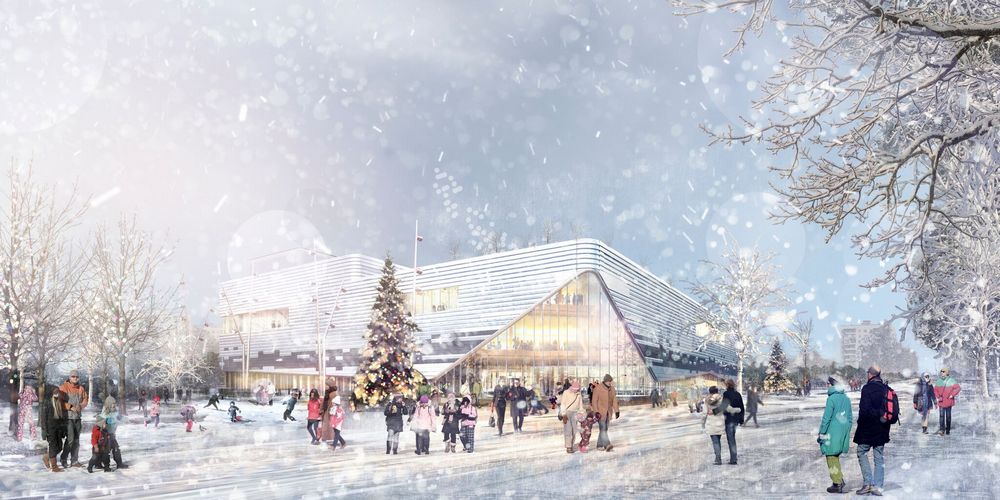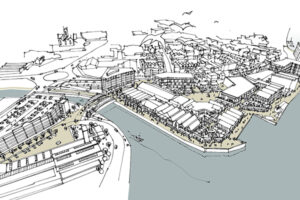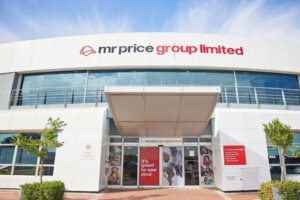By Anna Obraztsova
As a pioneering urban developer, we want to create useful territories: tenant-mix of neighborhood centers comprised of essential goods and services (55%), education and entertainment (including cinemas) (30%), and F&B (15%).
While consumer behavior used to be driven by price and choice, now, distance from home is the priority. In megacities like Moscow, consumption is moving closer to people, so “hyper-locality” appears to be a significant retail trend. City dwellers are tired of traveling long distances, using public transport, and dealing with traffic jams – they want to buy regular goods near their homes. Searches for places “Near Me” lead 50% of mobile users to their local stores. This is forcing big market players to change their USPs and move towards community integration. This new, localized, lifestyle-oriented approach is why we are developing pedestrian infrastructure in residential areas.
Over the past 50 years, Moscow has grown tenfold. While Soviet urban planning focused on administrative centers, industrial zones, and huge residential districts, commercial activity has grown in the opposite direction. Ten million medium-income consumers now live in densely populated but underserviced areas – in places in which we have acquired 39 former cinemas. In the 1920s “workers’ clubs”, the predecessors of cinemas, were built in industrial areas and turned into places where local residents could gather. Later, when cinema became the “most important of the arts”, standardized and affordable cinemas appeared in almost every district. Those buildings failed to adapt to the changes created by time and demand; consumers were looking for high quality sound and visuals, and, resultingly, most cinemas remained empty for decades.
Nevertheless, people love their neighborhoods, and 46% of Muscovites are involved in their local communities. Since cinemas were not only geographical centers, but social ones as well, we intend to retain this “local” feeling. Our mission is to preserve the Soviet heritage contained within Moscow’s cinemas – to breathe life into them in an effort to transform them into public spaces. To that end, we are developing an events program in which local people can get involved, and we are focusing on maximum comfort: living spaces, concierge, a coworking area, as well as terraces for picnics and yoga.
Each center will cater to local residents. Since the e-commerce boom, people prefer to have their goods delivered right to their doors. A network of Click & Collect services, connected to at least 5,000 online stores, will expand the range of goods available at our neighborhood centers.
We would also like to communicate with our customers on a more personal level. With the help of big data, query history, and geotargeting, our club-style loyalty program will offer consumers multiple reasons to visit their local neighborhood centers. Each will provide Muscovites with essential goods, exciting leisure facilities, and the development of their local communities.

Neighborhood center, Sofia. Image: ADG Group





